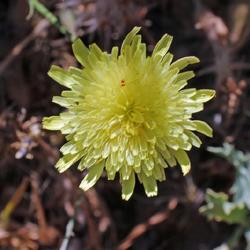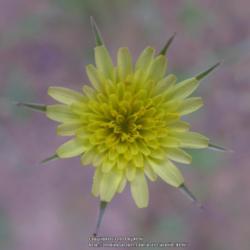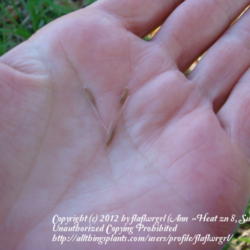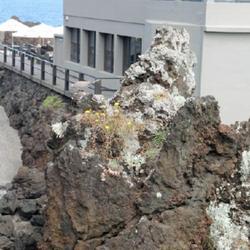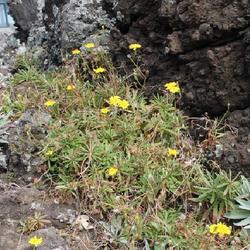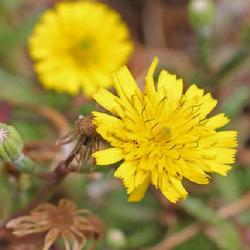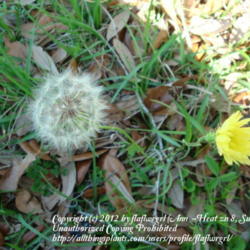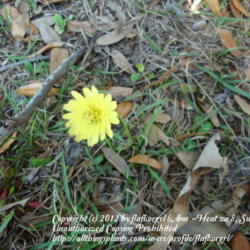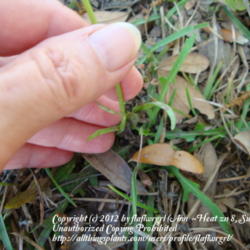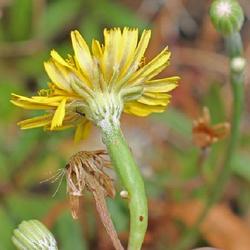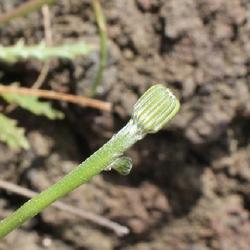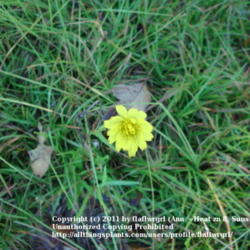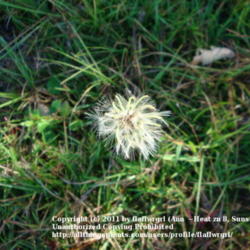General Plant Information (Edit)
| Plant Habit: |
Herb/Forb
|
| Life cycle: |
Perennial
|
| Sun Requirements: |
Full Sun to Partial Shade
|
| Minimum cold hardiness: |
Zone 4a -34.4 °C (-30 °F) to -31.7 °C (-25 °F)
|
| Plant Height: |
6-24 inches |
| Plant Spread: |
10 inches |
| Leaves: |
Deciduous
|
| Flowers: |
Showy
|
| Flower Color: |
Yellow
|
| Flower Time: |
Late spring or early summer
Summer
Fall
Late fall or early winter
|
| Underground structures: |
Taproot
|
| Uses: |
Groundcover
Salad greens
Cooked greens
Will Naturalize
|
| Edible Parts: |
Stem
Leaves
|
| Eating Methods: |
Raw
Cooked
|
| Wildlife Attractant: |
Bees
Butterflies
|
| Toxicity: |
Other: toxic to livestock if eaten in large quantities
|
| Propagation: Seeds: |
Sow in situ
|
- Cat's Ear
- Hairy Cat's Ear
- Spotted Cat's Ear False Dandelion
- Frogbit
- Gosmore
- False Dandelion
- Flatweed
- Perennial Cat's Ear
Posted by
Mindy03 (Delta KY) on Mar 4, 2012 12:12 PM concerning plant:
Honey bees get nectar from this plant which produces an amber colored honey.
Posted by
flaflwrgrl (North Fl. - Zone 8b) on Nov 25, 2011 6:53 PM concerning plant:
This plant is largely considered a noxious invasive introduced into the United States. It grows on agricultural land & other disturbed sites. In turf or grass it usually is found as a rosette & grows well in pastures & ranges. It is eaten by livestock & is quite drought tolerant. It can also be found along roadsides, in gardens, & orchards.
Bloom time is from May to November. Small yellow flowers form clusters of flower heads which look like tiny dandelions except common catsear has branched flower stems with coarse yellowish leaf hairs. It self sows as well as reproducing from shoots which stem from the crown area.
Leaves feature coarse yellow hairs on both the upper & lower surfaces as well as being sawtoothed or lobed. It has a fleshy taproot.
The leaves & roots are the most often harvested portions of catsear but all portions of the plant are edible. The leaves can be eaten raw in salads or thrown into stir fry concoctions. the younger leaves are more favored as older leaves can be tough. Catsear leaves rarely have some bitterness unlike the edible dandelion leaves.
« Add a new plant to the database
« The Plants Database Front Page

